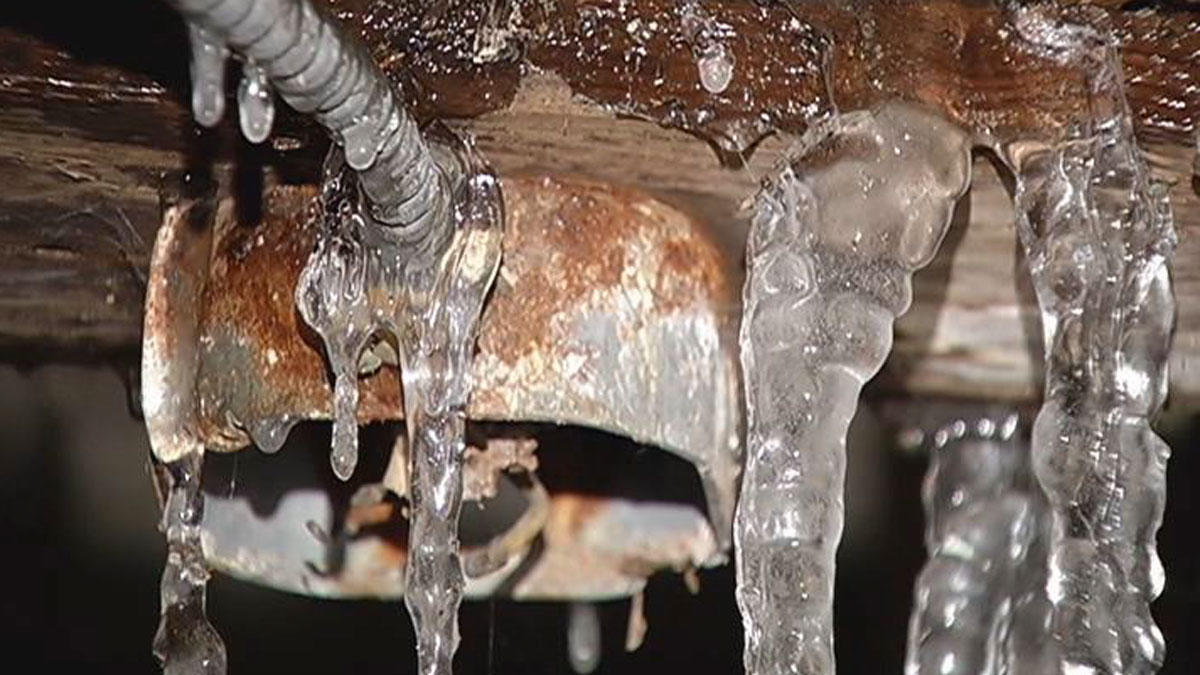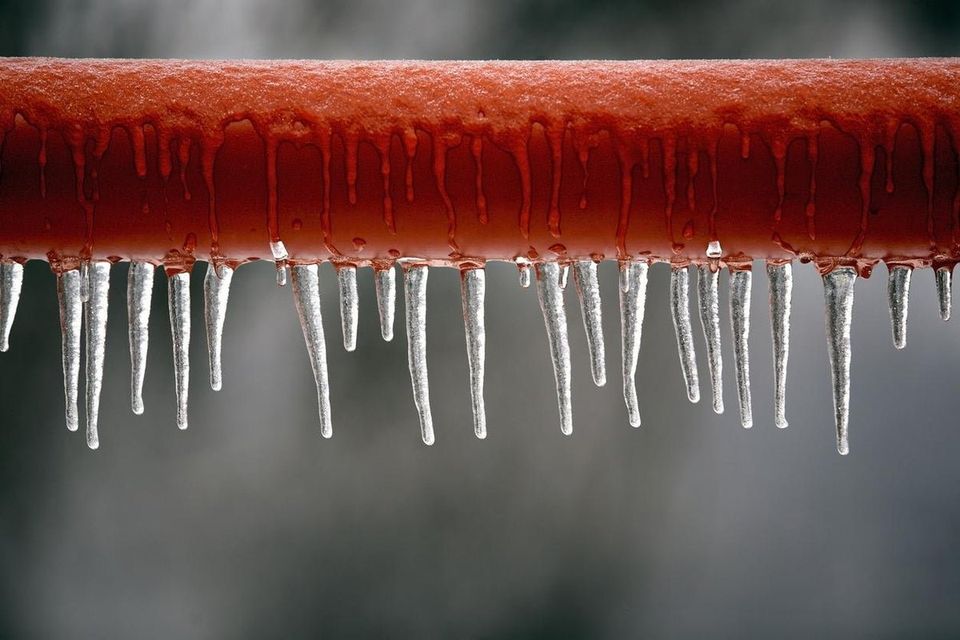Essential Methods for Avoiding Frozen Plumbing in Cold Weather
Essential Methods for Avoiding Frozen Plumbing in Cold Weather
Blog Article
What are your ideas with regards to Prevent Frozen Pipes ?

Cold weather can damage your pipes, particularly by freezing pipes. Below's just how to avoid it from taking place and what to do if it does.
Introduction
As temperature levels decrease, the risk of icy pipelines rises, possibly resulting in pricey repair work and water damage. Recognizing exactly how to avoid icy pipelines is critical for home owners in cool climates.
Avoidance Tips
Insulating susceptible pipes
Wrap pipelines in insulation sleeves or utilize warmth tape to safeguard them from freezing temperature levels. Focus on pipes in unheated or external areas of the home.
Home heating methods
Maintain indoor areas adequately heated, especially locations with plumbing. Open cupboard doors to permit warm air to circulate around pipes under sinks.
Exactly how to determine icy pipelines
Seek decreased water flow from faucets, uncommon smells or sounds from pipes, and visible frost on subjected pipelines.
Long-Term Solutions
Architectural changes
Consider rerouting pipes far from exterior walls or unheated locations. Add additional insulation to attics, cellars, and crawl spaces.
Upgrading insulation
Buy high-grade insulation for pipes, attics, and walls. Correct insulation aids maintain constant temperature levels and lowers the risk of frozen pipes.
Securing Outside Pipes
Garden pipes and outdoor faucets
Separate and drain garden tubes before winter months. Set up frost-proof spigots or cover outdoor taps with protected caps.
Comprehending Icy Pipelines
What creates pipelines to freeze?
Pipelines ice up when subjected to temperature levels below 32 ° F (0 ° C) for prolonged durations. As water inside the pipelines freezes, it increases, taxing the pipe wall surfaces and potentially causing them to burst.
Risks and damages
Frozen pipelines can result in water interruptions, building damage, and pricey fixings. Ruptured pipes can flood homes and cause comprehensive structural damages.
Indications of Frozen Piping
Determining frozen pipelines early can avoid them from breaking.
What to Do If Your Pipelines Freeze
Immediate actions to take
If you think icy pipes, maintain taps open to ease stress as the ice melts. Utilize a hairdryer or towels taken in warm water to thaw pipelines slowly.
Conclusion
Protecting against icy pipes calls for aggressive steps and fast reactions. By recognizing the reasons, indicators, and preventive measures, home owners can shield their pipes during winter.
6 Proven Ways to Prevent Frozen Pipes and Protect Your Home
Disconnect and Drain Garden Hoses
Before winter arrives, start by disconnecting your garden hoses and draining any remaining water. Close the shut-off valves that supply outdoor hose bibs and leave the outdoor faucet open to allow any residual water to drain. For extra protection, consider using faucet covers throughout the colder months. It’s also important to drain water from any sprinkler supply lines following the manufacturer’s directions.
Insulate Exposed Pipes
Insulating your pipes is an effective way to prevent freezing. Pipe insulation is readily available at home improvement stores and is relatively inexpensive. Pay close attention to pipes in unheated areas such as the attic, basement, crawl spaces, or garage. Apply foam insulation generously to create a buffer against the cold. You can also wrap your pipes in heat tape or thermostat-controlled heat cables for added warmth.
Seal Air Leaks
Inspect your home for any cracks or openings that could let in cold air. Seal any holes around the piping in interior or exterior walls, as well as the sill plates where your home rests on its foundation. Additionally, make sure to keep your garage door closed unless you’re entering or exiting. Leaving it open creates a significant air leak that can lead to frozen pipes.
Allow Warm Air Circulation
During cold snaps, it’s essential to allow warm air to circulate evenly throughout your home. Leave interior doors ajar to promote better airflow. Open kitchen and bathroom cabinets to help distribute heat consistently around the rooms. If you have small children or pets, be sure to remove any household chemicals or potentially harmful cleaners from open cabinets for safety.
Let Faucets Drip
A small trickle of water can make a big difference in preventing ice formation inside your pipes. When temperatures drop significantly, start a drip of water from all faucets served by exposed pipes. This continuous flow helps prevent the water from freezing. Additionally, running a few faucets slightly can relieve pressure inside the pipes, reducing the chances of a rupture if the water inside does freeze.
https://choateshvac.com/6-proven-ways-to-prevent-frozen-pipes-and-protect-your-home/

Hopefully you enjoyed our topic on How to Prevent Your Pipes From Freezing. Thanks for taking a few minutes to browse our article post. Sharing is nice. Who knows, you may very well be helping someone out. Thanks so much for taking the time to read it.
Book Report this page